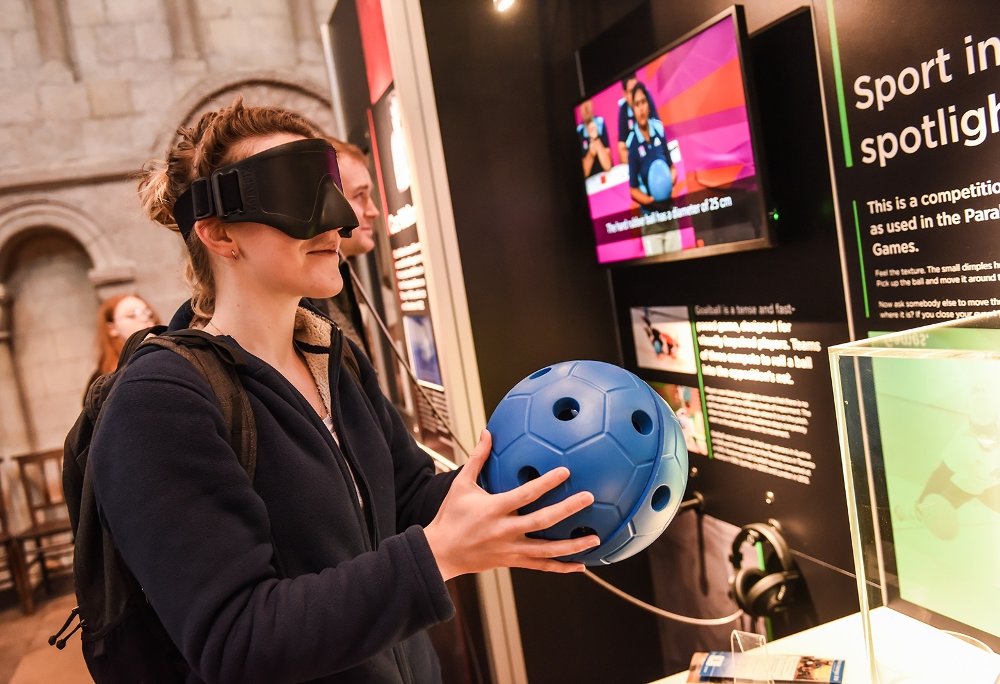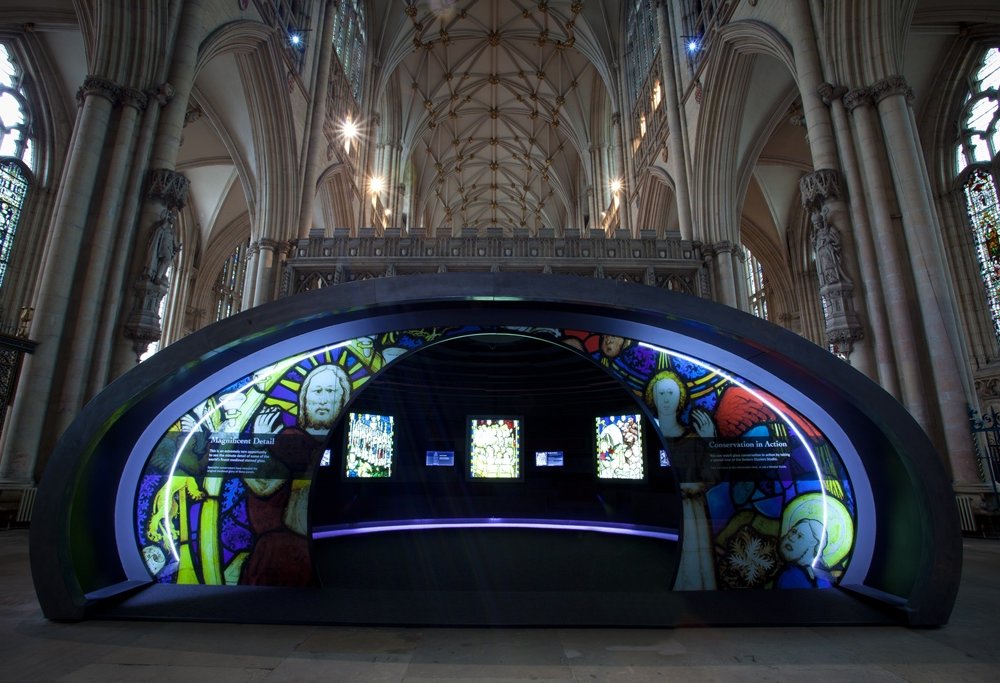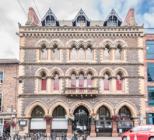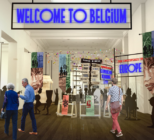When we think of a museum, we often think about glass cases full of objects and artefacts. It’s perhaps a legacy from our own visits as schoolchildren that we almost expect museums and galleries to be full of objects. However, increasingly as museums transition into ‘visitor experiences’ the traditional view of a museum is shifting – and so too is the need for artefacts and possessions to draw an audience.
It’s still a question that gets asked regularly of the team at Mather & Co: “What do we put in a museum if we have nothing to put on display?” The honest answer is that you don’t need lots of things to display. It’s possible to create an attraction in other ways, and here we provide some considerations that Mather & Co has used consistently with clients to deliver an engaging experience that keeps visitors returning.
Create an immersive experience
Behind most visitor attractions or museums there is a story – a tale to tell about sporting glory, a moment in history, a person, a building or location and any challenges along the way. Obstacles will have been overcome, happy and sad times endured, adversities fought and won. Whatever your story may be, there are ways to tell it without presenting physical objects. What is it like to kick the winning goal, cross the Silverstone finish line, or to have lived in a time when a cathedral was built, when a battle was fought or when a building’s foundations were laid? Often telling the stories at a point in time, or a moment in history puts it into context for a visitor. Creating an immersive atmosphere means telling the story in an emotive way, using sensory experiences around the museum to draw in your audience and keep them engaged.

Creative use of technology
In our increasingly digital world, museums and visitor attractions are using cutting-edge technology to appeal to new audiences. Virtual Reality and CGI is a growing area where museums can bring things to life for visitors without the need for objects allowing them to live in the moment and experience things for themselves. Building social media into the experience also appeals to a younger target audience. This can be as simple as providing visual props to take selfies – such as dressing up in period costumes or standing behind cut-outs or Insta-frames to ensure photographs are shared. However, social media can also be incorporated into the exhibits themselves in order to share information from an archive for example, or from personalised aspects relating to your experience.

Project yourself
Perhaps the most exciting use of technology comes from the ability to use AV and projection. This has often been used in Mather & Co’s museums and visitor attractions to bring people to life. Pepper’s Ghost technology has allowed the filming and recreation of Sir Alex Ferguson, the ex-Manchester United manager, Gary Lineker, ex-footballer and TV pundit, and tennis player John McEnroe to tell the stories personally to visitors.
Other projection techniques have brought the cast of Downton Abbey to life with Carson appearing to talk one-to-one with the audience. In heritage situations, projection has brought fresco paintings, long lost to the ravages of time, back to life on the walls of a cathedral – and has the capacity to recreate many other objects, structures or people in a personal, thought-provoking, emotive and engaging way.

Thinking creatively
Whether you perhaps commission an artist to create a piece of art around the theme of your topic area to put on display, or use lighting, music and images to create a sense of drama – the creativity in how to bring things to life is key to any visitor experience. Performance and theatre – storytelling through drama and actors – often brings history to life and is especially engaging to a younger audience. If you have a story to tell, then creativity in its delivery is crucial to bringing visitors back time and time again.

If you think you have a story to tell, but need an injection of creativity to bring it to life, please contact Sarah Clarke, managing director, Mather & Co.










